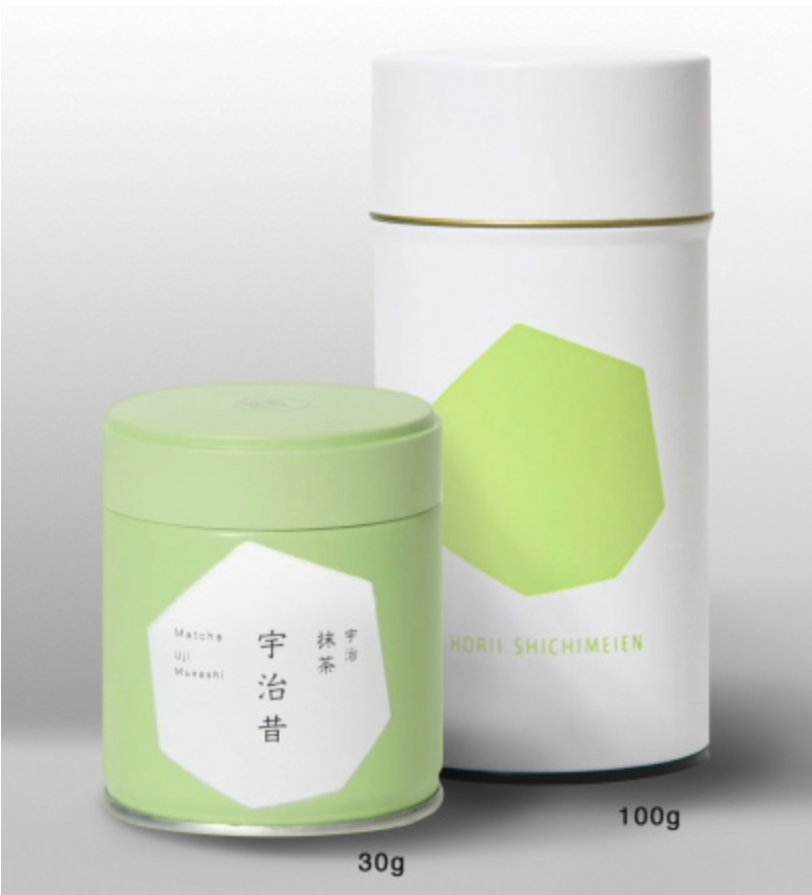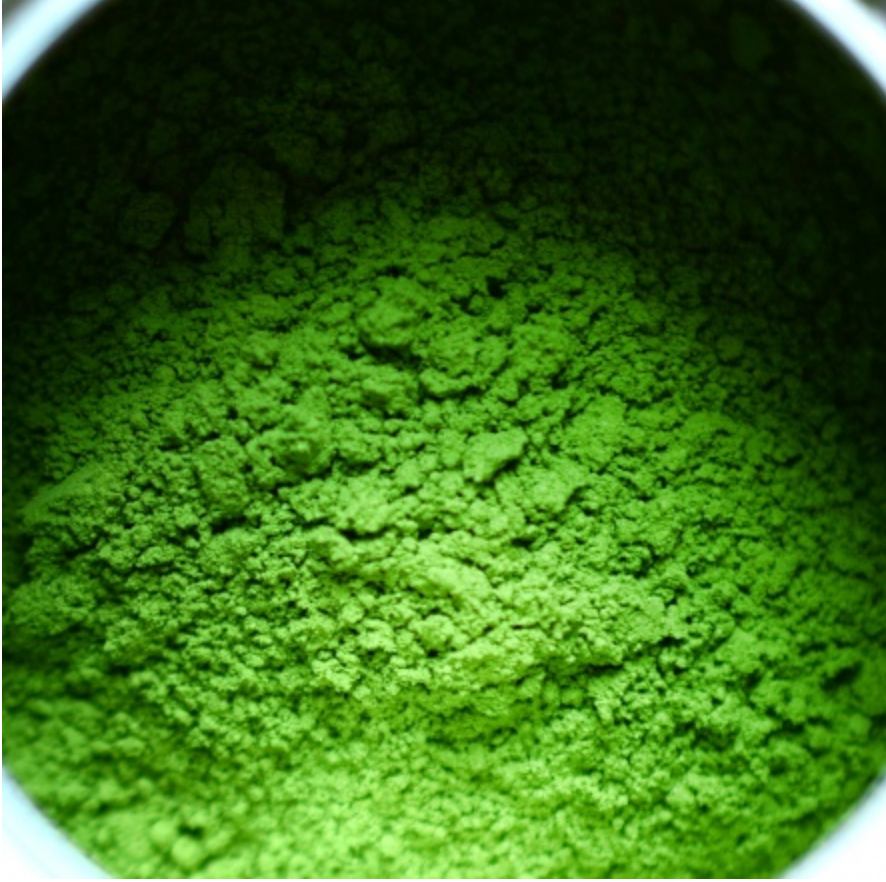HAIYATEA
Uji Mukashi Matcha
Uji Mukashi Matcha
Couldn't load pickup availability
Description
Horii Shichimeien's Uji Mukashi is a boldly flavored one. This strong, full-bodied matcha is ab it more bitter in character compared to some of our other ceremonial grade matches, and a good choice if you want to make dairy-free lattes using ceremonial. grade. matcha. It will stimulate your senses with its complex aromas with. hints of toasted grains and subtle back-tones.
The meaning of Uji Mukashi "宇治昔" :
In the world of Japanese tea, the distinguished reputation of the name “Uji” precedes itself. Nestled in the rich historic heartland of Kyoto, “Uji” is perhaps the most famous of all places where matcha is produced and the city in which the very first tea seeds were planted in Japan.
The expressions "Mukashi" and "Shiro" at the end of tea names have a grading connotation and are used to distinguish between thick and thin teas, respectively.
Only "Mukashi" was likely to have been used originally, with the expression "Shiro” being a more modern one.
"Mukashi" is said to be a combination of the Chinese characters for "twenty" (廿) and "day" (日). Crucially, March 20th (廿日) of the lunar calendar is when it was said that the very best tea is picked.
"Shiro" became common during the reign of the third shogun, Tokugawa Iemitsu, and is said to have originated when the feudal lords of the time actively asked Uji tea masters to make their tea “thin" or "light". It is not clear what the expression “shiro" specifically meant at that time, but it is thought to have referred to the differences in taste, as records show that Furuta Oribe preferred dark green tea while Kobori Enshu preferred it to be lighter.
Perhaps the difference between 'dark' and 'light' tea can also be explained by the difference in the preparation methods of the tea in Uji.
Other theories as to the origins of the words “mukashi" and “shiro" exist, but it can be said with reasonable confidence that the word “mukashi" has been used since ancient times, with the word “shiro" coming into use from the Edo period onwards. Later generation tea masters then replaced the traditional word “mukashi" with the term “shiro," both of which had previously been used to describe the grades of the tea, and made it commonplace.
In any case, it is not totally clear how the times and changes in the history of the tea ceremony could have affected the meaning of “shiro" or "mukashi". However, they are words that reflect the trends and changes of the times and have been carried over to the present day.
Preparation Guide
STEP 1) Put 2g (0.4 US tsp, 1 teaspoon or 2 chashaku scoop) matcha powder into a Chawan.
STEP 2) Pour 70 ml (2.4 fl oz) water between 55-80℃ (176°F) over the matcha powder.
STEP 3) Whisk with a chasen (tea whisk) until foamy.
❖ Before Step 1, Warm your tea bowl. To. do this, pour hot water in it, then discard all the water and (optional) wipe the bowl dry with a cloth. If you skip this step, your warm water could cool down too quickly as the bowl absorbs the heat, which could turn the matcha bitter.
❖ Sift your matcha powder. (Strongly recommended) Matcha clots easily in water. To prevent this, sift the powder through a fine sifter.
❖ When your matcha is ready, drink it immediately, because as it cools down it might turn bitter. (Recommended)
❖ When it comes to matcha, the fresher the better. We recommend consuming it within a month after opening, and storing it in an airtight container in the fridge.
EXTRA TIP
❖ Try iced matcha: pour the finished matcha over ice.
Share




